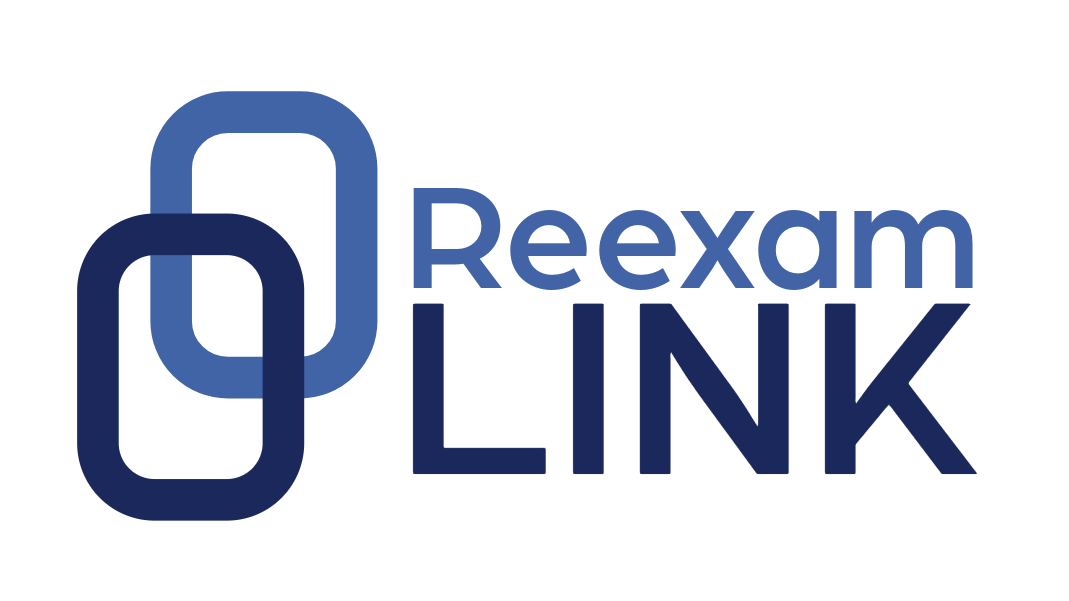Category: Ex Parte Prosecution
-
Do You Want That Post-Grant Review Super-Sized? – Part II
This is the second post in a series of articles on PGR strategies. In my last post I made the point that while patents come in all shapes and sizes, post-grant reviews (PGRs) don’t. PGRs are very different from ex parte prosecution. In ex parte prosecution, if a patent application includes 200 claims that are…
-
New, More Popular Post-Grant Patent Challenges Drive Patent Generation Strategy
Patent Generation and Enforcement Before the Popularity of Post-Grant Proceedings Patent Owners adopt different approaches for drafting patent applications. For large companies a patent production line approach is frequently adopted which limits the cost and the commensurate drafting efforts on any particular application. There is a reasonable argument to use this “assembly line” approach for very large…
-
Patent Challengers get additional Preissuance Challenge Option after Leahy-Smith Bill Passes
Pre-Issuance Challenge Option Added Section 8 of the Act provides for additional pre-issuance submissions by third parties by amending 35 U.S.C. 122. Written submission of the relevance of a patent application, patent, published patent application, or other printed publication must be made before the Notice of Allowance or the later of (1) six months after…
-
Can Post Grant Review Enhance Patent Quality?
We have all heard about the new post grant review (PGR) aspect of the patent reform legislation. It is supposed to provide a mechanism for review of the patent initiated in the first year of the patent’s issue. Please indulge me for a bit as I explore what this may mean for the patent system as a…
-
Petition Granted for Rehearing en banc of Akamai Technologies v. Limelight Networks
On April 20, 2011, the Federal Circuit granted the petition by Akamai Technologies for rehearing en banc its appeal in Akamai Technologies, Inc. v. Limelight Networks, Inc. The order vacated the earlier opinion of December 20, 2010. The order includes a request to file new briefs addressing this question: If separate entities each perform separate…
-
Federal Circuit Decision in In re Tanaka
You might recall that we discussed the BPAI decision in In re Yasuhito Tanaka in an earlier post. On April 15, the Federal Circuit reversed the BPAI decision and remanded the matter for further proceedings in accordance with the opinion. The Federal Circuit held that a patent owner that retains original patent claims and adds new narrower claims in…
-
Petitions Practice for SNQ Findings in Inter Partes Reexaminations
A prior post emphasized the importance of a well crafted petition in cases where the examiner determines that there is no SNQ in an inter partes reexamination request. Recall that the BPAI determined it had no jurisdiction to review of a determination that there was no SNQ (for certain claims) in inter partes reexamination control no. 95/001,089 (Belkin International v Optimumpath…
-
Microsoft v. i4i – Part III: Changing the Presumption of Validity: Impact on Reexamination Practice
Posted March 14, 2011 The prior post discussed only some of the many options the Supreme Court has in the Microsoft v. i4i case (i4i). In summary, the presumption of validity of a patent as we currently know it may be changed and the standard of proof required for an accused infringer to prove invalidity…
-
Microsoft v. i4i – Part II: The Supreme Court’s Many Options
Posted March 6, 2011 The previous post included a summary of the facts from the Microsoft petition for certiorari. The Supreme Court has several options when deciding the outcome of this case. It can maintain the Federal Circuit’s existing presumption of validity. On the other hand, it can relieve an accused infringer from having to…
-
Microsoft v. i4i and the Presumption of Validity – Part 1
Posted March 5, 2011 In Microsoft v. i4i, which has been granted certiorari by the Supreme Court, Microsoft’s position is that the presumption of validity should not be enjoyed by a patent owner for prior art not considered by an Examiner in ex parte prosecution of a patent application. The upshot of its position is…
